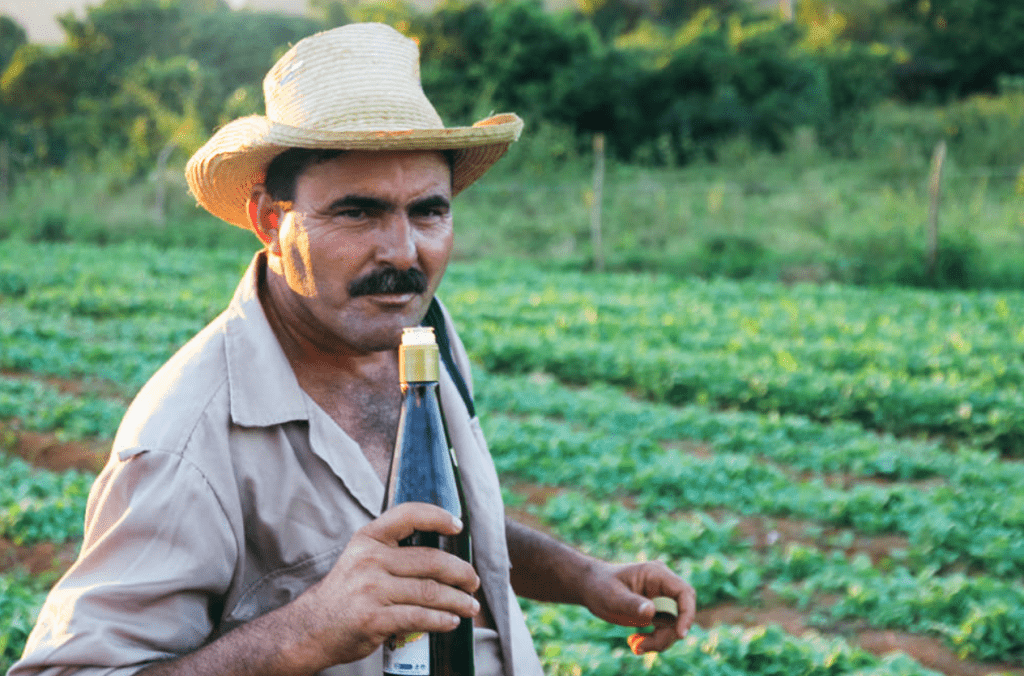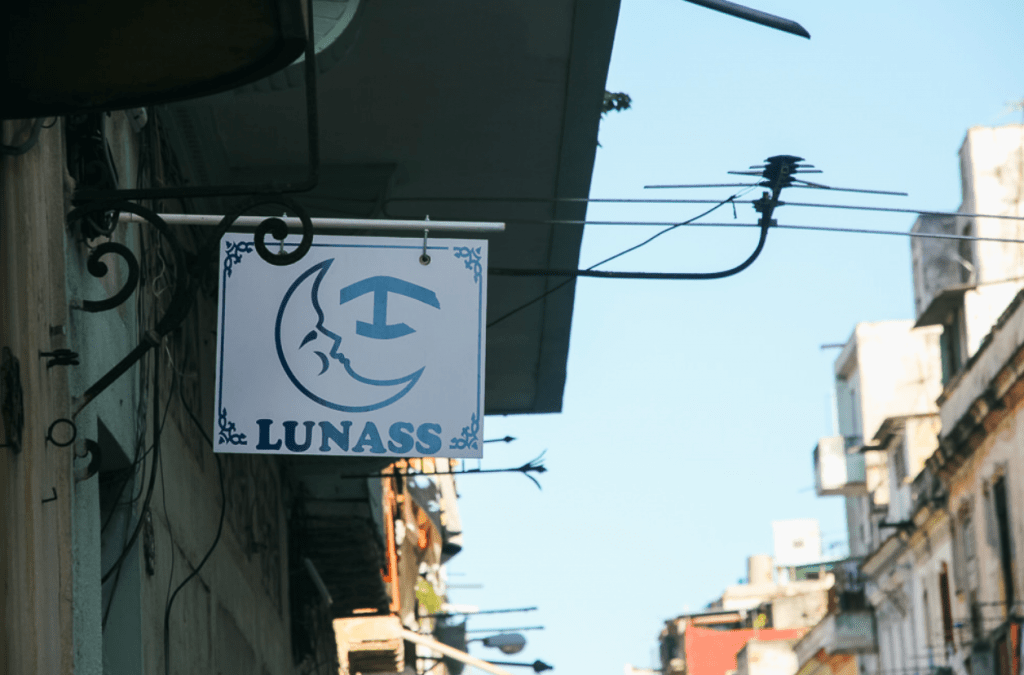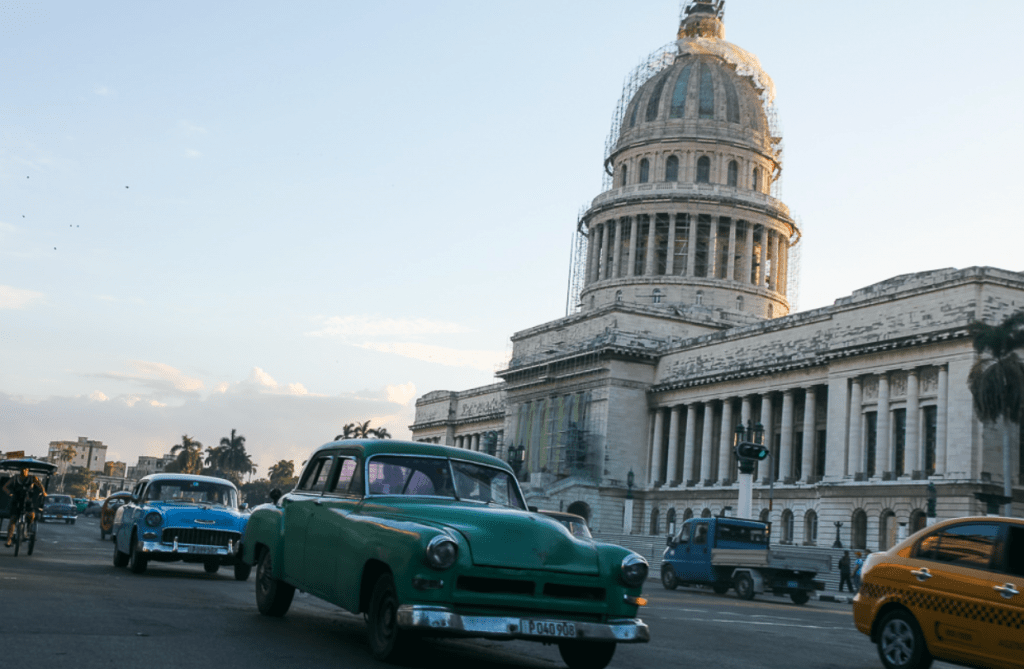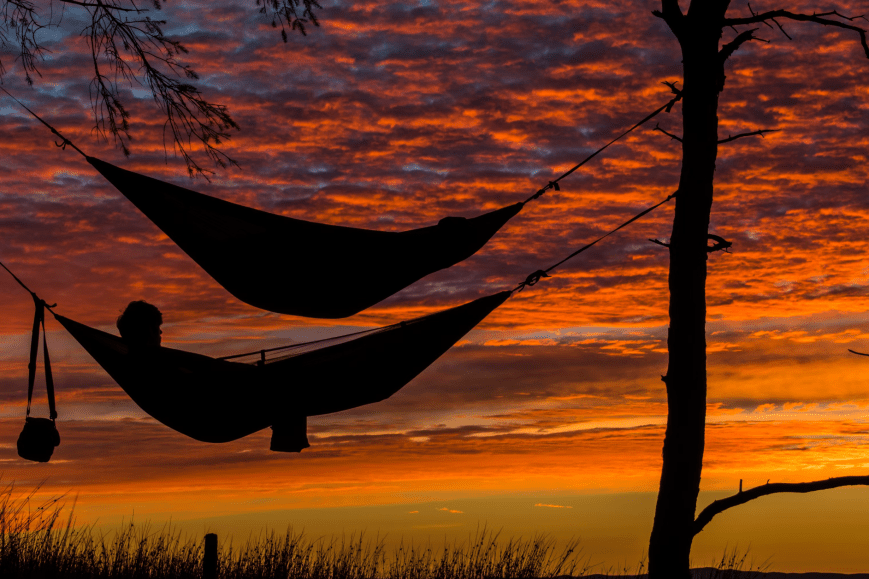A country of contrasts. Cuba is a country that reminds me of contrasts constantly. This may sound like a travel writing cliché, but I cannot avoid using it.
Cuba is a country with beautiful beaches with white sand, colonial cities, verandas with columns, tobacco fields with knobbly mountains, as well as a friendly population.
Cuba, due to the unfortunate conditions, is a time-machine of sorts, where 1960s cars are still driving on its streets. It will feel as if you are in an incredibly unique location.
Cuba, however, is a nation that doesn’t function very well. Cuba suffered under an authoritarian government, a lack in development and the US embargo for many decades.
Traveling in Cuba at times can be frustrating, especially if you are not prepared for some of the aspects.
You need not worry: these tips and impressions will help you make the most of your visit to this wonderful place.
1. Speak to locals about the area!
This may sound like an old-fashioned piece of advice.
You should definitely talk to locals, just as you would anywhere.
Cuba is a place I particularly enjoyed because the Cuban people are generally very friendly and open to talking to me.
I was in Vinales when I encountered a photographer who is working on a tobacco-growing book. In Cienfuegos I met an Olympic boxer from Cuba while asking directions. In Havana I met a group medical students who shared stories about their countries with me over beer. These are just a few of the encounters I’ve had.
It may have been my subjective impression, but it seemed that Cubans are eager to talk and will often chat with a complete stranger.

2. Cubans are both melancholic and happy
Be prepared to experience a bittersweet travel experience in Cuba.
It’s a country full of fun, with vintage cars, salsa, rum, and colorful culture. You bet! This is a wonderful, vibrant and friendly country.
It’s a place with a rich history.
Many things in Cuba seem stuck in the 60s. The government system is broken, food is poor, buildings are falling apart, etc. Cubans often dream of escaping.
It’s likely that you will leave Cuba feeling more empathic towards the Cuban people. There’s both the romantic “tourism image” of Cuba and the real Cuba. Enjoy the first while you learn more about the second.

It’s amazing how Cubans are able to be so happy despite all the difficulties they face. My trip to Cuba was an eye-opening experience and a positive one.
3. Staying with Cuban Families is a great experience
Using the official network of family-run accommodations in Cuba can be a great way to enjoy your trip.
In the past, staying in state-run large hotels was required to visit Cuba. You can now choose to live with locals at a ‘casa specifice’.
These places are identified by the blue arrow with a white backdrop on their door. This sign is a bed and breakfast. It is possible to ring their doorbell and see if there are any spaces available. Some casas may also allow bookings online via platforms such as Hostelworld or Airbnb
It is common that your first place of stay at a casa will suggest recommending a second one in another location, usually involving referring you to a friend, brother or aunt. This informal network is a great way to meet new people and make friends.
Casas particulares can be a simple spare room, similar to a hotel. Some are more like mini-guesthouses, but with an annex or separate entrance for guests. (These are known as cuartos independentes). The prices are pretty standard, starting at around $25 per day.
Casas can be a great way to meet locals and connect with them. You may even get a chance to enjoy home-cooked food. It is better to eat at the casa you are staying in, as restaurants can be very expensive and of poor quality.
4. Food is… Not the best
Many people say that the best Cuban cuisine can be found outside of Cuba. For example, in Miami. This city has a significant Cuban immigrant community.
Cuban food, mainly due to the lack of ingredients and limited rationing as well as a culture that is not entrepreneurial, can be described in one word: crappy.
Garlic is so rare in Cuba that it has been dubbed “white gold”. You will find plenty to eat in Cuba. Just keep your expectations down when it comes seasoning and variety.
You can find excellent restaurants in Cuba. Many of the meals I had in the casa particulares were delicious. Overall, the food is quite bland and repetitive.
As a traveler, I was already used to street food and cheap meals in Mexicomy last destination. It was a disappointment to learn that Cuba’s main options for cheap food are bread…with cheese or bad pizza with melted cheese.
5. Cuba is a cheap destination for .
Prior to my trip, I had the idea that Cuba was a costly destination. It’s likely that this information is outdated, because in the 90s you had to choose between expensive government-owned resorts or a cheaper alternative.
You can travel to Cuba on a tight budget or go on an affordable backpacking trip.
Cuba may not be thecheapest place on Earth, but it is hardly expensive. Splitting accommodation costs, I spent around $40 per day.
Cuba may be more expensive for solo travelers who are used to staying in hostels. Private rooms, with some exceptions in Havana, is the standard.
Costs in Cuba, converted to USD
Room in casa particular: $20 – $25
Breakfast at a casa particular – $4 – $5
Dinner at a casa particular – $7 – $9
A meal in a normal restaurant costs between $10 and $16
A local coffee shop – $0.20
A cheap meal in a place that is not a tourist attraction (e.g. pizza, spaghetti) – $3 – $4
Visit the website of Viazul to find out about transportation prices.
It was quicker and cheaper in some instances to split a taxi. It was actually more convenient (and probably funnier) to use a driver for the trip between Havana Vinales. Shared taxis are often cheaper than Viazul tourist buses.
6. The hostels for backpackers are different

You may be used to hostels but what is advertised as a “hostel” in Cuba will actually just be a casa specific that caters specifically for backpackers.
Sites like Hostelworld can now list Cuban hostels. The government only allows hostels to offer one or two single rooms, and does not allow dorms. During your stay, you may only encounter 5 to 6 guests.
It is different from hostels found in other countries. However, there are no commercialized or cookie-cutter hostels here. All of them are small, cozy, and have a typical “traveller’s hostel” atmosphere.
There are some hostels that can accommodate a greater number of people. Cuba58 Hostel in Havana, for example, has 18 beds. Hostal Corazon del Mundo has 14, but this is an exception. Consider these hostels if you want to begin your journey in a more lively atmosphere.
7. Insurance for travel is compulsory
You must have travel insurance before you go to Cuba. Cuban authorities have made travel insurance mandatory for foreigners. The Cuban government must cover all medical costs, including coverage for coronavirus.
Due to US restrictions, not all travel insurance companies cover Cuba. Heymondo Travel Insurance has global coverage, which includes Cuba.
8. Some ATMs are not working.
Cuba’s economy is largely based on cash. Bring hard currencies like US Dollars and Euros to convert into pesos.
Not all cards accepted by international banks will work in ATMs. American cards may be incompatible. American Express, Diners’ Club and Diners’ Club cards aren’t accepted. Visa, Mastercard and Visa Debit will work, but only from non-US holders.
Before you travel, ask your bank if it is possible to withdraw money from Cuba.

9. No need to carry two currencies
In Cuba, tourists used to be required to use a currency called the “CUC” to make purchases. This currency is no longer in use since 2021. You can disregard the CUC if you see it in an old guidebook.
To be continued…






Leave a Reply